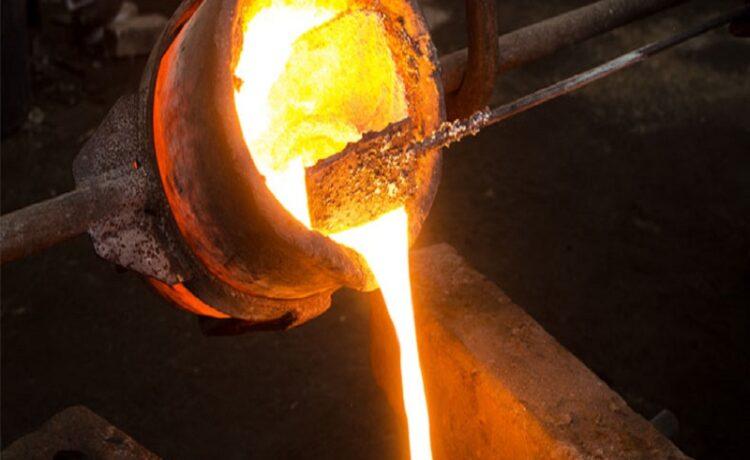Foundries have been deemed essential to recycle scrap metal. It drastically cut waste and advance sustainability. By melting and recycling metals, they contribute to the conservation of natural resources by lowering the need for freshly mined raw materials. You may wonder what is foundry. At this facility, scrap metal recycling has been an important step in the process of melting and casting metal. This method reduces the impact on the environment along with energy conservation and encouraging resource efficiency.
Let us delve into five ways how foundries recycle scrap metal to lower waste and encourage sustainability.
Melting scrap metal
Foundries gather scrap metal from abandoned automobiles, machines, and other goods. New metal items are made from this melted waste metal. This procedure lessens the need for raw material mining, which has a negative influence on the environment.
Energy savings
Reusing discarded metal in foundries requires less energy than producing metal from scratch. This energy-efficient method preserves energy resources while lowering greenhouse gas emissions.
Waste reduction
By recovering scrap metal, foundries drastically reduce the quantity of garbage transported to landfills. Foundries convert used metal goods into valuable resources rather than throwing them away, supporting a circular economy.
Resource conservation
The requirement to mine fresh ores from the ground is decreased when waste metal is recycled. This reduces the damage done to the environment by mining operations. It also contributes to the conservation of natural resources for future generations.
Pollution control
The recycling procedure at foundries pollutes the air and water less than the mining and refining of virgin metals. Foundries help create greener, more ecologically friendly industrial methods by recycling metal.
To conclude
Foundries are crucial to the recycling of scrap metal, waste reduction, resource conservation, and promotion of sustainability. This procedure helps minimize the environmental effect of metal production while increasing energy efficiency and pollution control.







